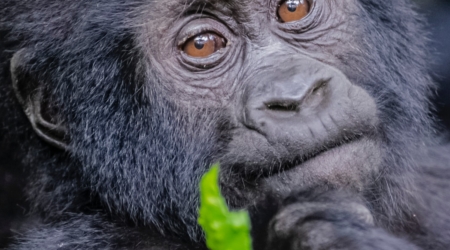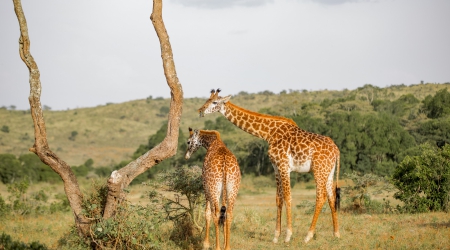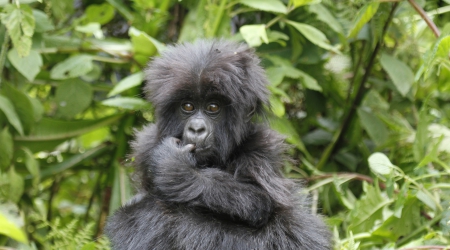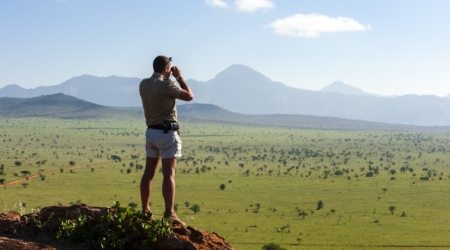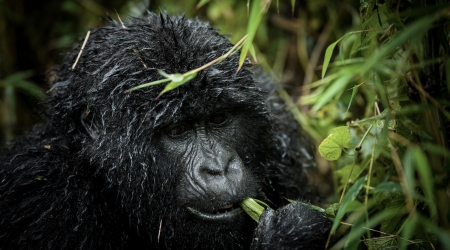Uganda is an amazing destination for various primates and Gorillas and chimpanzees are highly visited. While on Uganda safari, visitors are expected to pack something before tracking. The primate parks include Bwindi impenetrable national park, mgahinga national park and kibale national park however others are tropical forests where they are spotted including maramagambo forest, budongo forest, kyambura gorge, kalinzu forest, and semuliki forest.
Besides Gorillas and chimpanzees, Uganda is a home of other primates including golden monkeys in mgahinga national park, L’Hoest monkey, blue monkey, red tailed monkey, baboons, black and white monkeys and many more.
Things to pack.
Comfortable hiking boots.
During chimpanzees and gorilla tracking, visitors are advised to pack comfortable hiking boots because the trails in the forest are bushy, watery, slippery thus requires comfortable boots. Sometimes searching for gorillas and chimpanzees in the forest may be spotted in mountainous areas and so visitors are advised to be having comfortable hiking boots for safety from reptiles in the wilderness.
Water & snacks
Despite the fact that gorilla tracking may take full day or half day and chimpanzees tracking may take some hours without seeing them, thus requiring visitors to carry water and snacks which will help them when they are hungry and thirsty while in the forest. According to UWA rules and regulations, visitors are not supposed to eat while they are with chimps and Gorillas or should not through the wastes in the forest to save guard the lives of chimps and gorillas.
Cameras and binoculars.
Inspite of the fact that every traveler can not miss packing cameras and binoculars, to have memorable tour in Uganda. Every visitor on Uganda safari is advised to pack cameras and binoculars to have a memorable time with gorillas and chimps however according to Uganda Wildlife Authority rules and regulations, cameras are allowed without flash lights while they are with gorillas and chimpanzees. Binoculars also help a lot in spotting various bird species in forests. Visitors are also advised to lower their voices while they are with chimps and gorillas so that they can capture beautiful shots of them
Insect repellent.
Despite the fact visitors search for chimps and gorillas in their inhabitants, they are advised to pack insect repellent because they are a lot of mosquitoes in bushy areas. There are various insect repellent and visitors are encouraged to carry the smeared repellent where insects can’t reach on you.
Long trouser, long t-shirts, long stockings.
Since gorillas and chimpanzees are located in the forest, visitors are advised to pack long trousers, long t-shirts and long stocking. Despite the fact that visitors are passing bushy trails in the forest, they are advised that their bodies should be closed to avoid being scratched of bushes which would result itching.
Hiking sticks.
Despite the fact that gorilla and chimpanzees tracking involve searching for them in the forest. Gorillas and chimps move from one place to another searching for food with their families and so visitors are advised to carry hiking sticks because gorillas and chimps may be spotted in mountainous areas. Hiking sticks offer visitors a support while hiking thus its needed during gorilla and chimp tracking.
Rain coat.
Although Uganda experience two seasons that is dry and wet season annually, its been hard to predict weather during gorilla and chimps tracking due to tropical forest. Visitors are advised to pack rain coat since gorilla tracking may take full day or half day and chimp tracking may also take some time.
Where do we spot these gorillas and chimpanzees in Uganda?
Gorilla tracking and habituation.
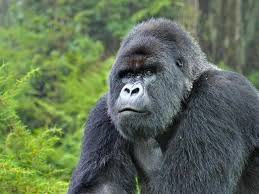
Bwindi impenetrable national park and Mgahinga national park are the only destinations you spot endangered mountain gorillas in Uganda. Gorillas in Bwindi are located in four sectors including Ruhija, Rushaga, Buhoma and Nkuringo where mgahinga park is a home of Nyakagezi gorilla family adding up to 25 gorilla families in Uganda. Besides Uganda, its has been recorded that in the whole world, endangered mountain gorillas are also spotted in volcano national park in Rwanda and Virunga national park in Congo in population census of 1067 individuals in the world.
Habituation of Gorillas is a process where gorillas are trained for about 2-3 years to be used with humans. gorilla habituation offers visitors more time that is 4 hours to be with gorillas and are allowed to be closer with them unlike gorilla tracking where visitors are offered only one hour to be with them.
Chimpanzees tracking and habituation.
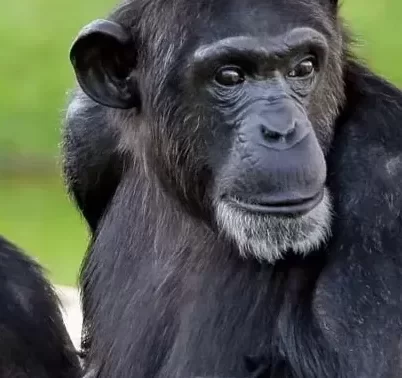
Uganda is the best destination for Chimpanzee tracking which involves footing and searching them into the forest. Chimpanzees are spotted kibale national park, kyambura gorge and kalinzu forest in queen Elizabeth national park, budongo forest in Murchison falls national park. It’s been recorded by researchers that chimps are 98% humans and they can be tracked morning hours and afternoon hours unlike gorilla tracking.
Chimp habituation is also a process where chimps are trained to be used with humans and they have been recorded that they share 98% DNA with humans. Chimps give birth, live in a family, live in big number, playerful, search for food and many more. Visitors of chimp habituation are given more time to be with them unlike chimps tracking where visitors are given only one hour.
How much is a gorilla and chimpanzees permit?
The costs of Gorillas and chimpanzee permits in Uganda differ. Gorilla permits cost $800 foreign non resident, $500 rest of Africa, 300000 UGX shillings for East Africans. However, gorilla habituation permits cost $1500 per person.
Whereas chimpanzee tracking permits cost $250 per foreign non resident and chimpanzee habituation costs $300 per foreign non resident, and East Africans for chimpanzee tracking pay 180000 UGX shillings however chimpanzee habituation for East Africans cost 250000 ugx shillings.







